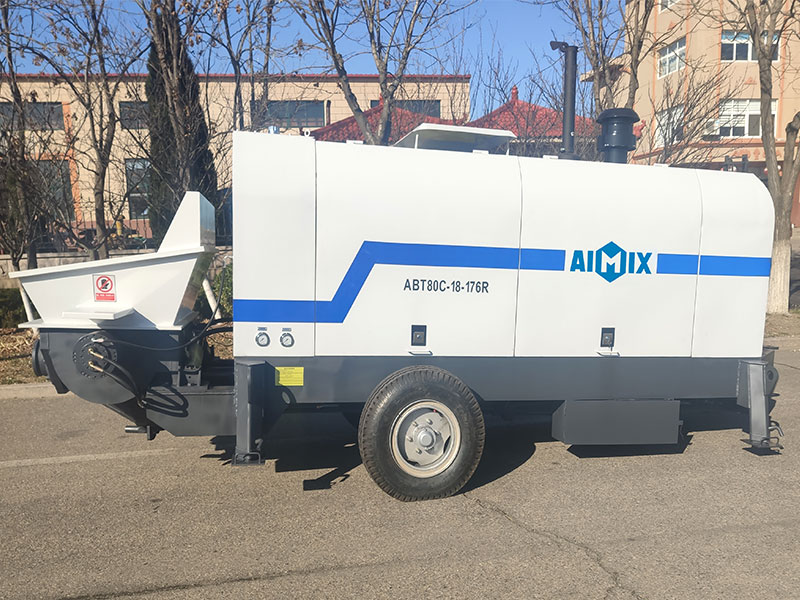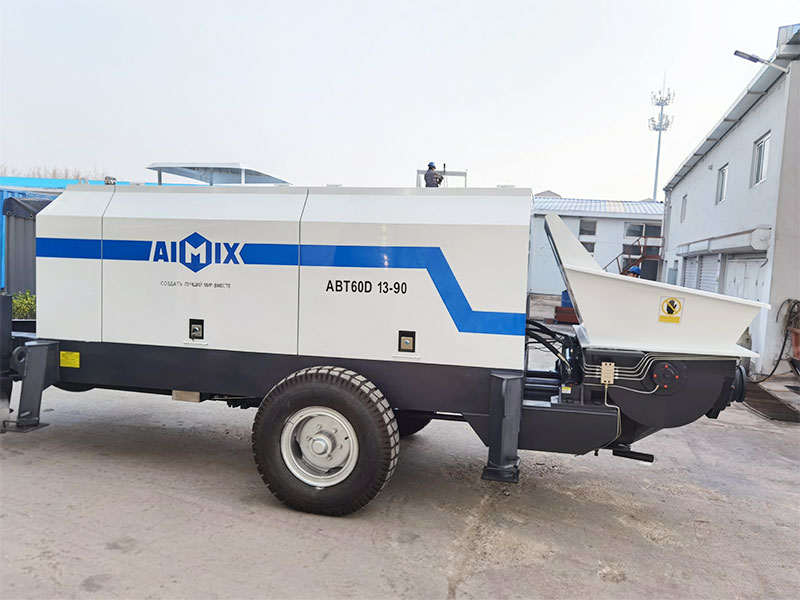Concrete pumping has revolutionized the construction industry, allowing for efficient and precise placement of concrete in various projects. This article will explore modern methods and best practices for concrete pumping, highlighting the benefits it offers to construction projects.
By understanding these techniques and implementing them effectively, contractors can enhance the productivity of the cement concrete pump, improve quality, and ensure the successful completion of their ventures.

Advanced Pumping Equipment
In recent years, advancements in concrete pumping technology have introduced a range of sophisticated equipment. High-pressure concrete pumps, truck-mounted boom pumps, and line pumps with extended reach are some notable examples. These machines provide greater flexibility, precision, and speed during concrete placement. Contractors should invest in reliable and up-to-date equipment to maximize efficiency on the job site.
Proper Planning and Design
A crucial step in any construction project involving concrete pumping is meticulous planning and design. Accurate calculations of the required concrete volume, optimal cement pump machine selection, and pipeline layout are essential. Additionally, considering factors such as distance, height, and complexity of the pour will help determine the most suitable method for concrete placement. Thorough planning ensures that all logistical aspects are addressed, minimizing delays and improving overall project management.

Skilled Operators and Training
The success of concrete pumping relies heavily on skilled operators who understand the equipment and techniques involved. Comprehensive training programs should be provided to ensure operators are proficient in operating the pumps safely and efficiently. Continuous education on new technologies and best practices is also vital. Investing in well-trained personnel guarantees smoother operations reduces the risk of accidents, and enhances the quality of concrete placement.
Maintaining Pipeline Integrity
Regular inspection and maintenance of the cement pump trailer pipeline are crucial for safe and efficient operations. Worn-out or damaged pipes can lead to leaks, reduced flow, and potential blockages. Routine checks should be performed to detect any signs of wear, corrosion, or clogs. Proper cleaning of the pipeline after each pour is also essential to prevent the accumulation of hardened concrete and debris. Maintaining pipeline integrity ensures consistent performance and minimizes downtime.
Safety Measures and Risk Mitigation
Concrete pumping involves inherent risks that must be mitigated through appropriate safety measures. Adequate personal protective equipment (PPE), including helmets, gloves, and high-visibility clothing, should be worn by all personnel on the work site. Clear communication protocols between operators, ground workers, and other team members are crucial for safe operations. Regular safety inspections, adherence to local regulations, and a culture of safety awareness promote accident prevention and protect the well-being of everyone involved. View more details at this site: https://aimixmachinery.com/concrete-pump-with-mixer/.
Conclusion
By adopting modern methods and best practices in concrete pumping, construction projects can benefit from enhanced efficiency, improved quality, and successful completion within specified timelines.